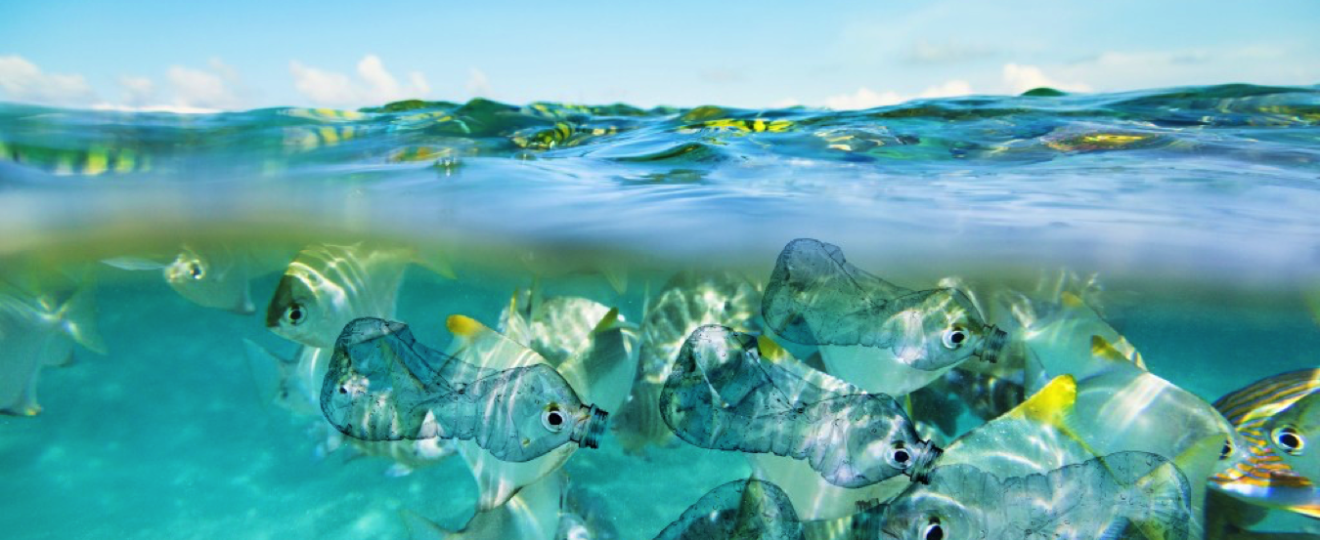First paper from POSEIDOMM experiments published in Scientific Reports
Polystyrene microplastics increase microbial release of marine Chromophoric Dissolved Organic Matter in microcosm experiments
“About 5 trillion plastic particles are present in our oceans, from the macro to the micro size. Like any other aquatic particulate, plastics and microplastics can create a micro-environment, within which microbial and chemical conditions differ significantly from the surrounding water. Despite the high and increasing abundance of microplastics in the ocean, their influence on the transformation and composition of marine organic matter is largely unknown. Chromophoric dissolved organic matter (CDOM) is the photo-reactive fraction of the marine dissolved organic matter (DOM) pool. Changes in CDOM quality and quantity have impacts on marine microbial dynamics and the underwater light environment. One major source of CDOM is produced by marine bacteria through their alteration of pre-existing DOM substrates. In a series of microcosm experiments in controlled marine conditions, we explored the impact of microplastics on the quality and quantity of microbial CDOM. In the presence of microplastics we observed an increased production of CDOM with changes in its molecular weight, which resulted from either an increased microbial CDOM production or an enhanced transformation of DOM from lower to higher molecular weight CDOM. Our results point to the possibility that marine microplastics act as localized hot spots for microbial activity, with the potential to influence marine carbon dynamics”
Read the full paper at Nature Scientific Reports

Polystyrene microspheres (30 µm diameter, transparent, Sigma) used in our study – microscopic image ©L.Galgani

Article | OPEN | Published: 02 October 2018 Polystyrene microplastics increase microbial release of marine Chromophoric Dissolved Organic Matter in microcosm experiments by Luisa Galgani is licensed under a Creative Commons Attribution 4.0 International License.
Based on a work at https://www.nature.com/articles/s41598-018-32805-4#Sec5.
